Quite often, we are looking for a good master who would perform a quality haircut. But for dyeing, you need to find a master of a higher class, because this is a much more serious effect on the hair.
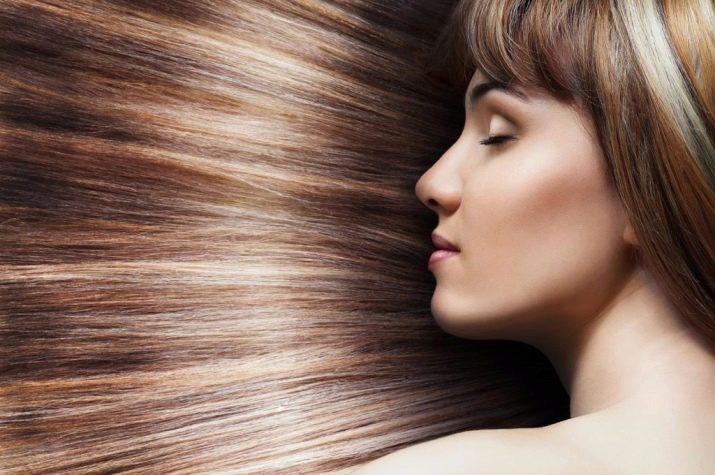
In addition, it was noticed that the slightest changes in their color affect the image of a woman, so I do not want to take risks at all. Such a popular hair dyeing technique as coloring has many nuances that must be studied before visiting a stylist.
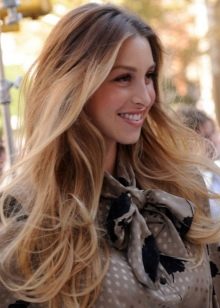

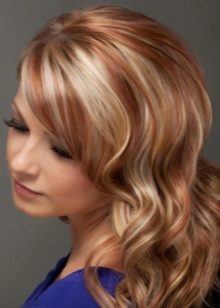
What it is?
Coloring is A special type of hair coloring, in which several shades are used. As a rule, these are natural shades, but sometimes, at the request of the client, various bright colors are used. Moreover, not the entire mass of hair is painted, but only individual strands. On each strand several colors or shades of paint are applied.
Sometimes the compositions are applied randomly, in large strokes. The main thing is to use similar shades. Thanks to this, such a painting will not look cheap.

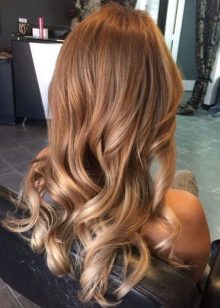
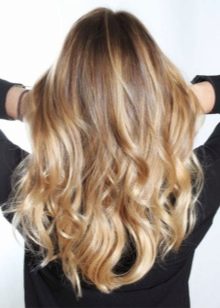
Sometimes the effect of highlighting and coloring is similar, especially with regard to dark hair. But it is important not to confuse these two procedures - coloring has a more "rich" color, in contrast to highlighting.
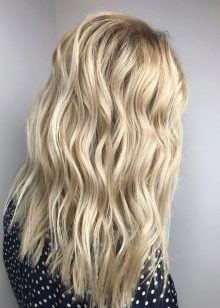
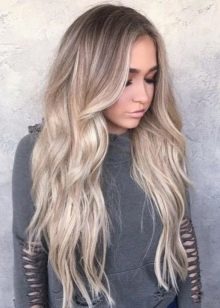
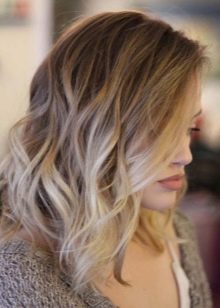
This painting has a number of advantages, which include the following points.
- Colorization emphasizes natural hair color. This is the main task of such painting.
- Coloring is capable rare hair visually make thicker and more magnificent.
- Capable skillfully mask gray hair.
- With high professionalism of the master, the work performed can shimmer in different shades in the sun.
- Suitable for any type and hair length.
- On average, such staining can hold 1.5 months without correction. When using separate techniques, this period can be even longer. Coloring for short hair should be regularly tinted or adjusted.
- This procedure does not dry and injure hair so muchas usual staining.
- Depending on the degree of hair damage you You can choose a more intense or less traumatic color.
- For hair that does not have a natural shine, the technique "babyites", Which we will discuss below, will help to find it by discoloring individual strands.
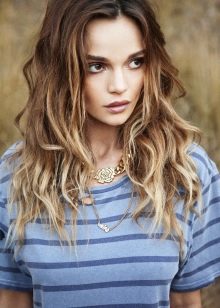
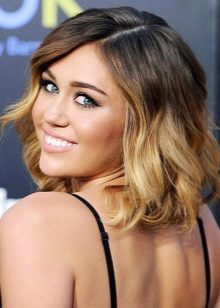
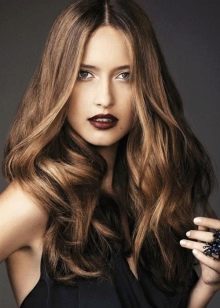
But staining like any other has flaws.
- Mixes poorly with natural dyes such as henna and basma.
- Search for a good master. This is an important point, mainly because this painting technique requires speed. The strands should be painted quickly and strictly according to the plan outlined in advance. Otherwise, overexposed hair dye can severely damage hair. In addition, for a strong fixation of the paint on the hair, exposure to heat is necessary, which is quite problematic at home.
- Sometimes for dark hair lengthy procedure, which can last several hours with a break for 3-4 days. This is due to the fact that it is necessary to wait a few days after lightening and before painting.
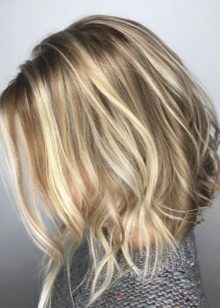

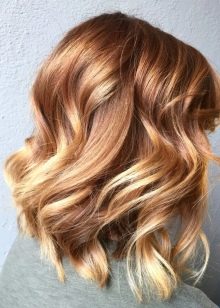
Despite the cons, the number of advantages of coloring is still greater. Moreover, it is worth noting that high-quality coloring is certainly worth every girl to try at least once.
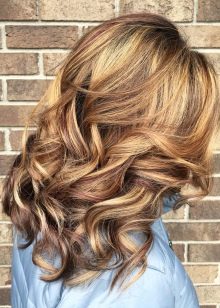

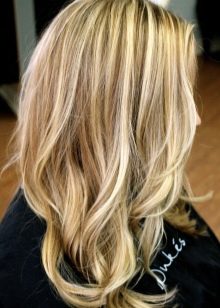
Kinds
Coloring includes many types and painting techniques, the number of which also increases day by day. We will analyze the most basic types and techniques of hair coloring.
In the "direction" of applying paint, there are only two options.
- Vertical staining. With this type of staining, up to 19 shades are used. Each strand is separately given one of many shades. Both a small number of shades and a large one can be used. The minimum quantity is 4.
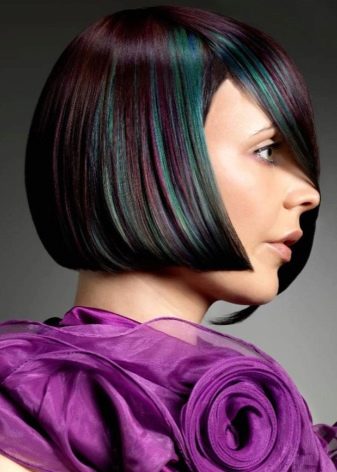
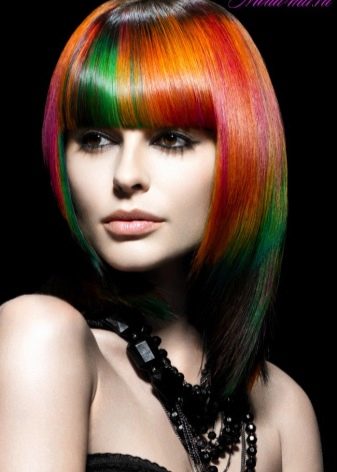
- Horizontal staining. Only a few shades are used in this technique. With this technique, hair is divided into three or four “zones”.
Further, each such segment is stained with one tone. At the roots - the darkest, on the next segment - a little lighter, and towards the tips it becomes completely light. This staining is very similar to ombre.

Speaking about the coloring techniques in general, several types can be distinguished, which are presented below.
- The American colorization technique is sometimes called californian. Gives an ombre effect. For a similar technique, 4 to 6 different shades are used. Most often it is done on dark hair. Reminds modulations of plumage of birds.
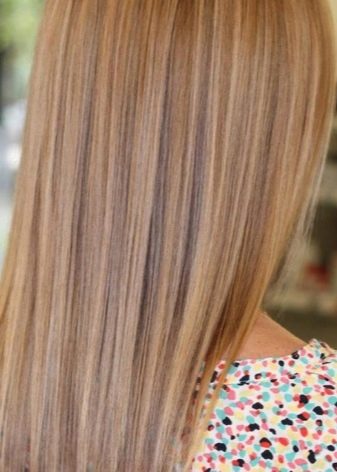
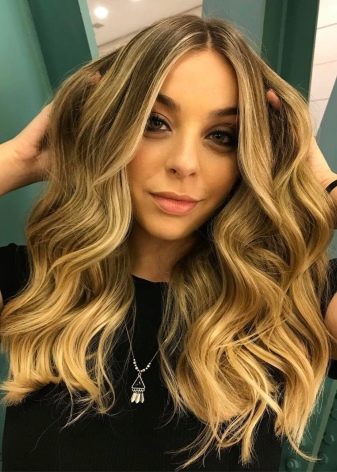
- Technique with an unusual name "salt and pepper". Most suitable for girls with blond hair or those who have gray hair. In this case, the hair roots are painted in light colors, and to the ends they change color to darker.

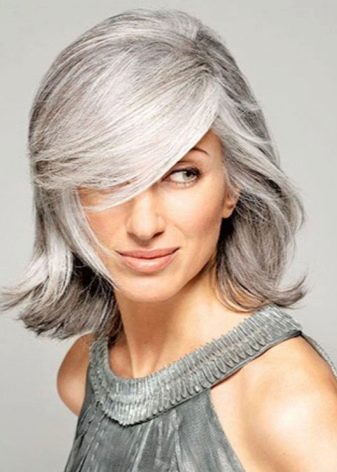
- Technics multicolor coloring. When staining, several shades are used. The main feature of this technique is that they should all be in natural color. With a high level of colorist skill, this painting is suitable for everyone.

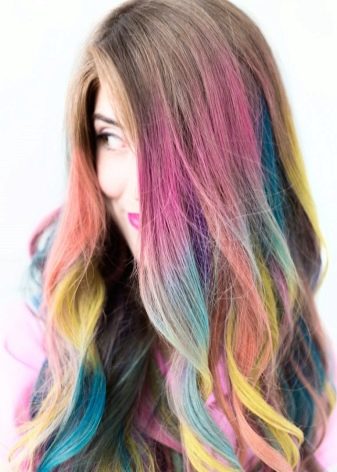
- Zone coloring. When performing this coloring, only some areas of the head are processed. Most often, under this name, various bright and eccentric dyes are hidden - these are various drawings or the addition of bright contrasting strands.
Drawing using a stencil is called patterned coloring. This also includes the coloring of the bangs. Another interesting option is pixel coloring, which is the application of colored “cubes” on the hair.
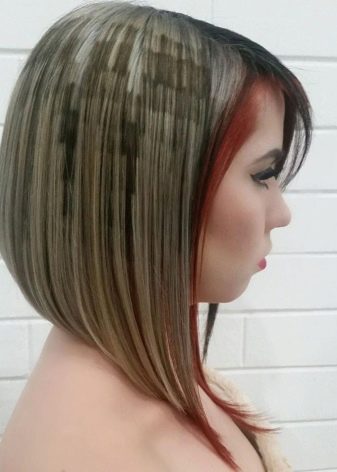
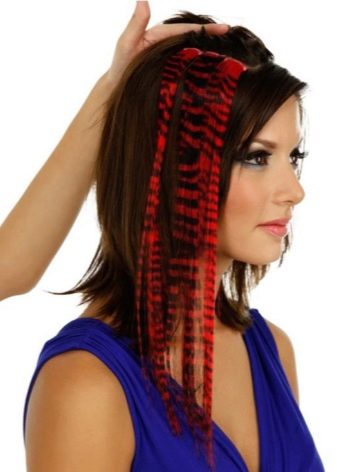
- Technique of neon coloring. This dyeing also uses bright colors.It differs from the previous technique in that before staining individual strands, the latter undergo a clarification procedure.
It is characterized by instability - paint from bleached strands is quickly washed off. Regular toning is required. This technique is not recommended for women older than 40 years.
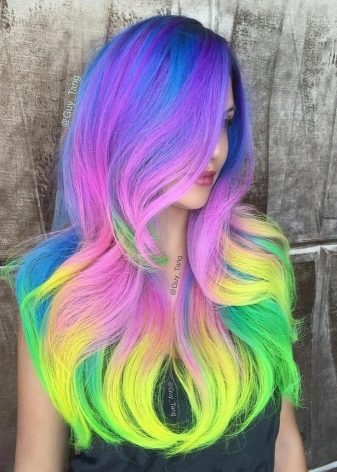
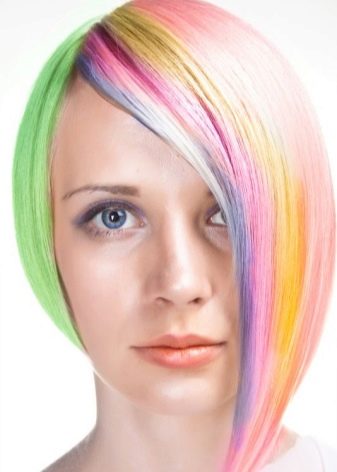
- The technique of staining "mother of pearl". With this coloring, the hair is given a pearl color, which begins to shimmer in different shades only in the sun. Perhaps this is due to the fact that special pearlescent particles are applied to the hair. It is a rather expensive and complicated procedure, and it is also not suitable for all hair.
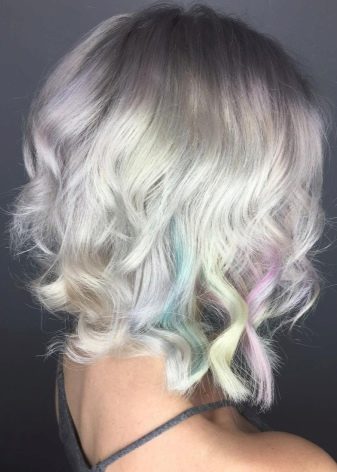

It is worth mentioning separately the staining techniques, which also relate to coloring.
- Ombre. With this staining, there is a gradual transition from dark roots to light tips. An unusual and bright option is the reverse ombre, in which darkening goes to the ends of the hair.
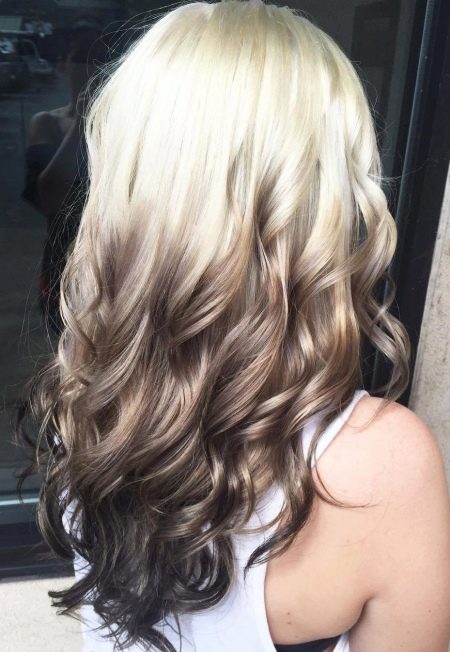
- Balayazhin which the paint is applied with “coarse” large strokes. But, despite this, a gradual transition to a lighter tone to the ends of the hair is also formed.


- Chambray. With this staining, individual strands are painted in various bright colors. Most often done on dark straight hair.
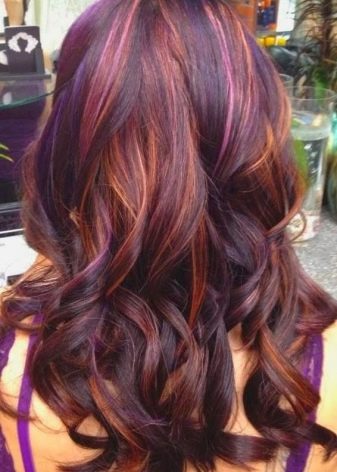

- Another technique is majime. It is also a color interspersed with light strands. It produces the effect of a sun tangled in the hair.

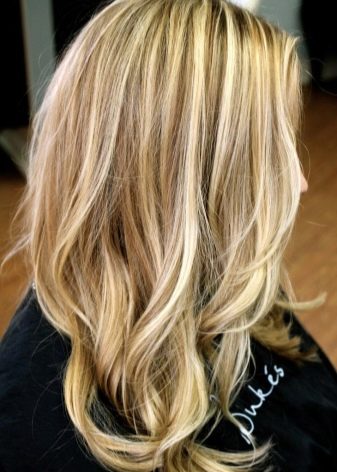
- Known dyeing technique - sombre. It is very similar to ombre, but differs from it in the softness of colors and shades. The peculiarity is that the hair is dyed in a different color not to the end of the ends, forming a gradual transition, but almost from the roots.
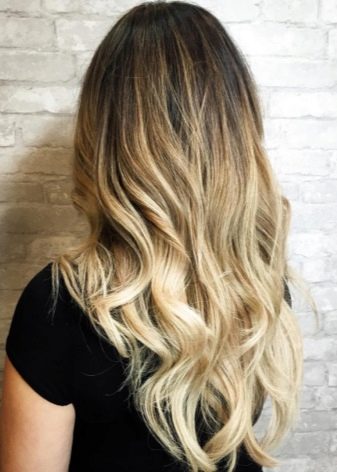
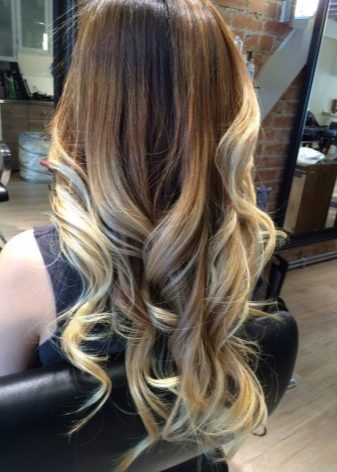
- Glare. With this color, the effect of light spots on the hair is created. It has its own characteristics and can combine several different techniques.
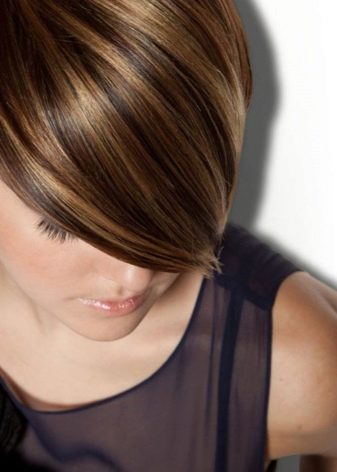
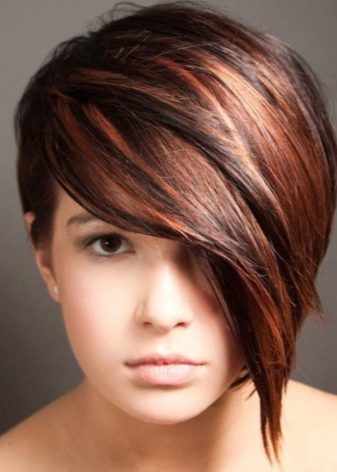
Shade selection
Despite the fact that coloring does not imply complete staining, there are those rare cases when it is performed. With full hair coloring natural color is replaced by "related"looking like him. This is quite a rare case and this is done in order to make the natural color homogeneous or for a better combination of other shades with it.
In some cases, dark hair is subjected to a procedure lightening. Usually they are clarified by 2 or 3 tones, but no more. Thus, the paint is better absorbed into the hair. In general, dark hair is the worst to dye and has a fairly limited selection of suitable colors.
Brown and Chocolate Hair combined with the unusual and fashionable color of the “Marsala” using the ombre technique. It is a dark red noble color of wine. With the addition of purple, the hair acquires a beautiful and unusual overflow. True, such a coloring is suitable only for girls with fair skin.
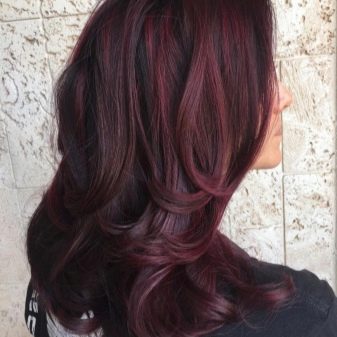
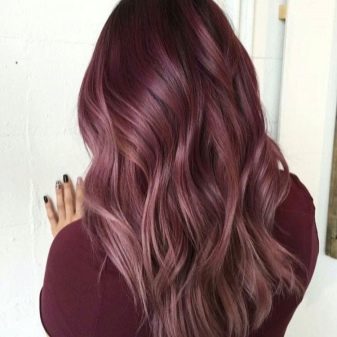
For brown hair, you can use the ombre technique with two colors - copper and chestnut. Coloring should be done in ombre style with bright copper tips, and a gradual transition should be formed due to chestnut. But such staining is suitable for girls with a warm color type.
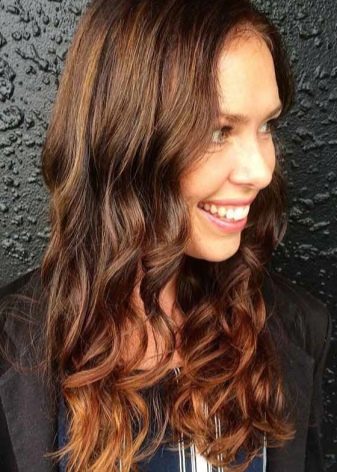

For gray hairAs mentioned above, the salt and pepper technique is perfect. In addition to the above, there is another way of coloring - vertical. In this case, the strands highlighted and tinted in gray sharply turn into a black tint and vice versa, thereby hiding the gray hair. Simply put, black and white locks alternate.
Continuing the theme of gray hair, it is worth noting platinum tone. The ash color has many shades, from light gray to dark gray, resembling a mixture of coal and ash. Such staining looks best on girls with a cold color type. Adding any cool shade will only be a profitable solution. Therefore, we can say that gray hair does not always age, and even when young is properly painted.
For blond hair, it’s best to choose honey, caramel, walnut warm colors. It will also be beneficial to look on blond hair and ash strands.
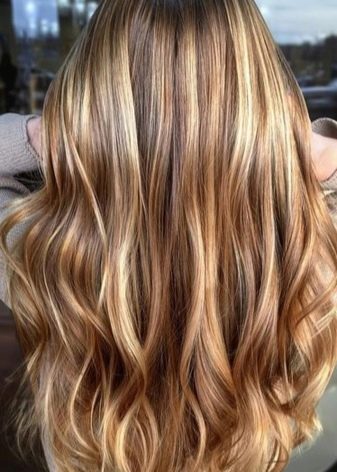
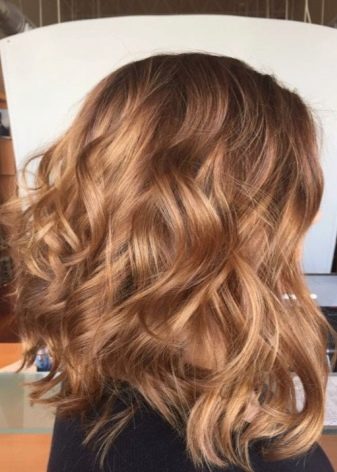
It is not necessary to thoroughly dye all the hair. You can completely change the image for a girl with just the addition of several curls of the same color. The main thing is to use cold shades.
Happy owners of blond hair can opt for color tinting. The choice of colors in this case is unlimited, it is only important to choose the right combination of colors among themselves. Another good option is pastel colors with a metallic sheen.


If you want to stand out, then regardless of the color of the hair and their length, you can choose the so-called rainbow coloring. Such hair in a loose state has its natural color, but if you collect it in a ponytail or stab the upper part with a hairpin, then strands colored in various bright colors will appear. The main disadvantage of such dyeing is that you need to have straight hair or regularly straighten it with an iron, which may not have very good consequences for the quality of the hair.
A little tip: if you want to radically change the color, or, conversely, restore your own after coloring in a contrasting color, then you can make a smooth transition with the help of coloring.
The choice of color may also depend on the season. In summer, you can dye inbabyites"With its faded tips, in the spring - in soft or pastel colorsand in winter and autumn - bright, extravagant colors. The main thing is regular hair care.
Identify color temperature quite simply: for this you need to look at your own hands - if the color of the veins is blue, then you belong to the cold color type, and if green, then to warm. Another way is to apply silver foil and gold foil to the face or neck in turn. One of them will make the skin lighter and accentuate facial features, while the other does not. Depending on what color of the foil suits you, you can determine your affiliation.
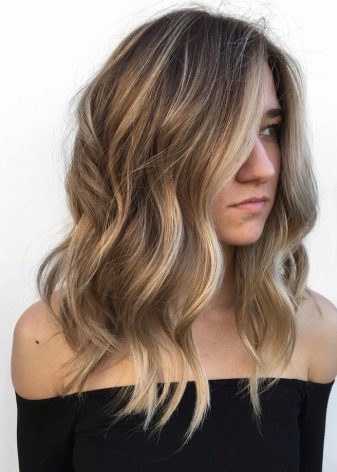

Obviously, silver foil goes to the representatives of the cold color type, and gold - to the representatives of the warm.
Dyeing hair of different lengths
Long
Such a dye looks best on long straight or slightly curly hair. For long hair, a babyite dyeing is also an excellent solution. It looks like something between ombre and highlighting. Its main feature is light, "sunny" strands and bright tips. The implementation of such dyeing should be very accurate, because the amount of natural and bleached hair should be the same.
On long hair, in addition to all of the above, an ashen color with the addition of blue or green paint will look beautiful. Long hairstyle “loves” bronding. This technique will require a high level of colorist skill and a certain painting scheme. Otherwise, it will look unnatural. Be sure to carefully choose shades that will not differ much from each other.


In general, there are no restrictions on the colorization of long hair - it can be as simple as coloring in the ombre technique, or shocking patterns on the hair using a stencil.
Medium
This season, it has become fashionable to color medium length hair using technology hut. However, the most popular option for medium hair remains elongated caret with brightened tips. If you make the bangs on such a haircut a little lighter than the rest of the curls, then this will favorably highlight the face and even be able to adjust the round shape of the face. For a square without bangs, an ombre with the effect of regrown roots is suitable.
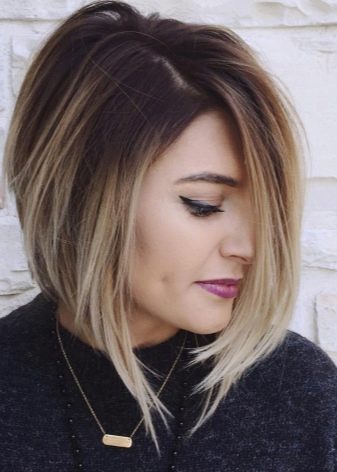

Those who have straight hair can afford to do a “geometric” color. In this case, the hair is dyed horizontally in segments. For example, the red tips forming an even line, together with a black square will make your look hot.
For medium hair length, a dyeing technique such as balayazh is also suitable. A short hair length allows you to make emphasis on individual strandsthat will be light or dark.
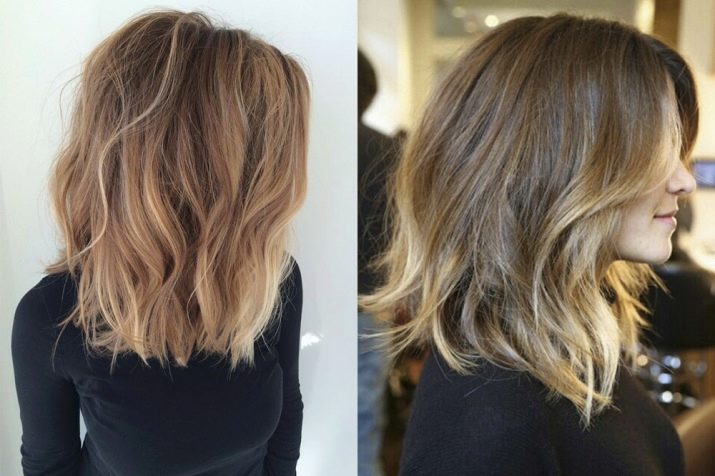
To summarize, it can be noted that medium-length hair is dyed in light colors. This is how the emphasis is put on the face.
Short
Applying color to short haircuts can be quite problematic. In this case, the application technique requires precision and accuracy from the master. The color that goes with almost all haircuts is "Spraying" bright contrasting color.
With an asymmetric haircut, such as a half box with a long bang, you can dye the bangs in a bright color - pink, blue or purple. In general, short hair is recommended to be dyed in light colors. A prime example is platinum blonde on a hedgehog haircut.
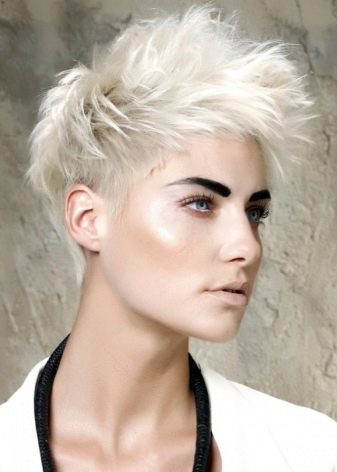
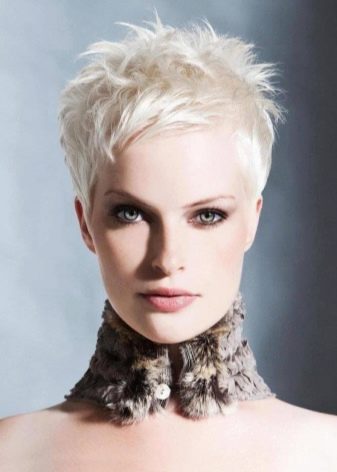
In general, short hair coloring is best limited to bangs and tips. A great option would be the pronounced asymmetry highlighted in color, as already mentioned.
Aftercare
Immediately after the procedure, it is recommended to apply a moisturizer to the scalp around the hair growth zone, since under the influence of paint, which has a drying effect, the skin is undernourished.
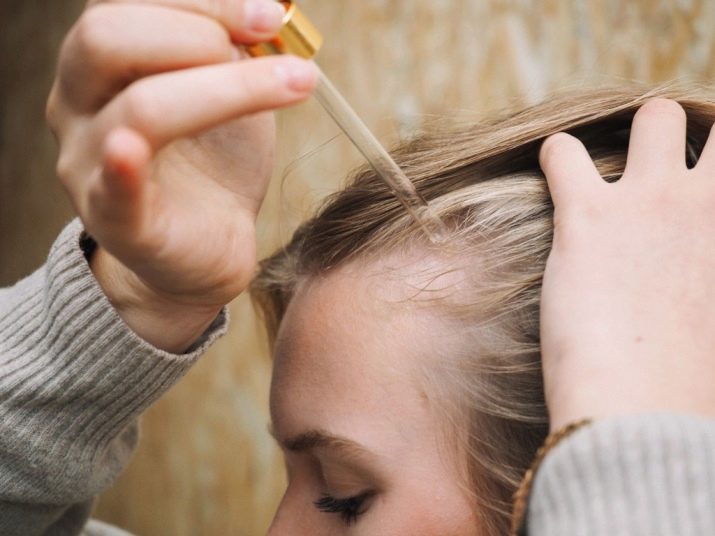
With regular dyeing, not only hair and skin around their growth area can be dried, but also the scalp itself. It may result in itching and dandruff. Therefore, from time to time you need to do break even if regular painting is necessary. Dandruff will help get rid of rubbing various oils into the scalp.
Mandatory use shampoo for colored hair. The frequency of shampooing should not exceed 2 or 3 times a week. If possible, try to wash your hair with cool water, not hot.
High temperature water quickly flushes paint. The same goes for use soft water for washing. To make such water is very simple - you need to boil it. With complex staining, it is necessary to regularly visit the master for the procedure of tinting hair.

Moving away from the topic, it is worth mentioning about leaving before the procedure. If you dyed your hair earlier and 3 weeks have not passed since the last procedure, then you should not dye your hair - it is better to take a break. Before painting recommended do not wash your hair for 3-4 days so that the hair forms a natural defense.
Do not dye hair that has been dyed with henna or basma.
Beautiful examples
Coloring looks great on red hair by nature. In no case should not get rid of it. Gradual transition in a lighter, but the same red or light orange hair will add brightness, and the image - a twist.
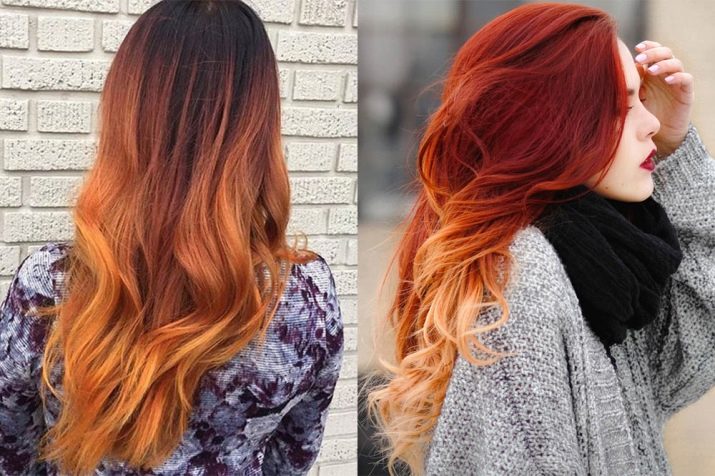
A classic for any hair is painting with the effect of faded tips. The main feature of this painting is naturalness, so this image is suitable for girls with blond hair and dark.

This season has gained popularity red or raspberry coloring in the ombre technique. It represents a gradual transition from dark roots to red tips.
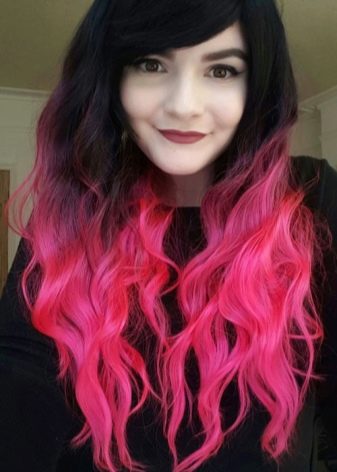
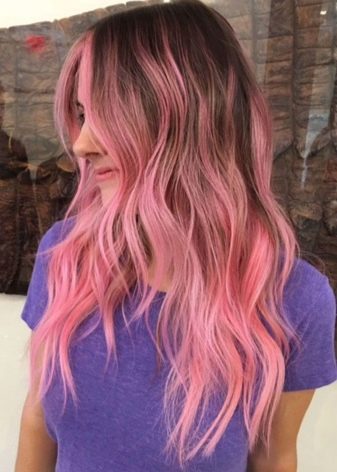
A popular and delicate look is created by 2 colors - gold and pink. “Pink gold” looks especially good on light curls, while dark hair must be lightened before painting. In addition, such a coloring refreshes the face.
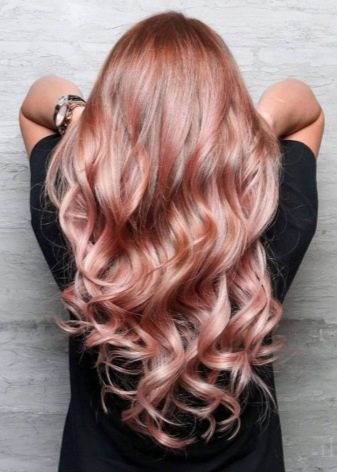
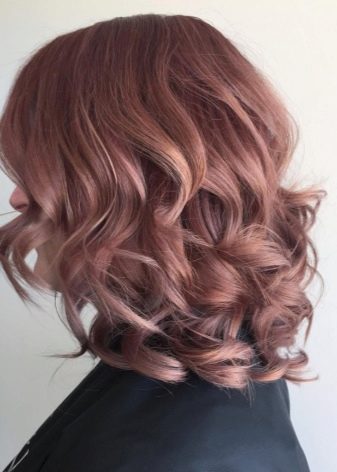
Another image is copied from Hollywood stars and is a chestnut color. with the addition of strands of various caramel or even beige shades. A prime example is Jennifer Lopez's hair coloring.
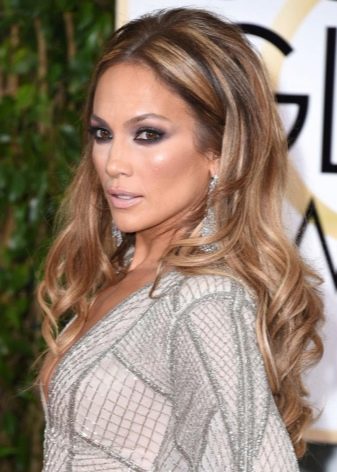
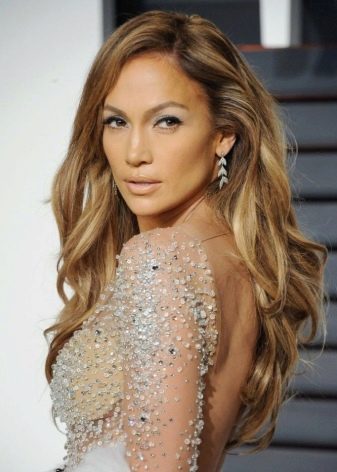
As a rule, tricolor painting is an ideal colorization option. It is strands of three shades that can create harmony and emphasize strands.
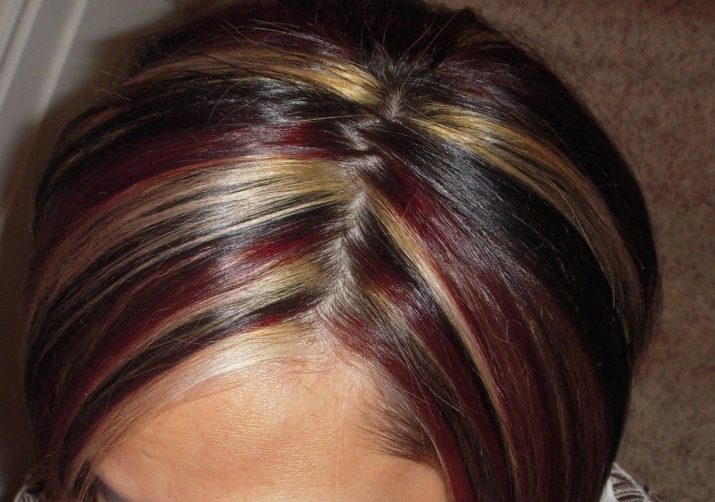
In conclusion, it is worth noting that the essence of any coloring technique is to play with light and shadow. Thanks to this, it becomes possible to switch from dark coal to blond and vice versa, adding volume to the hair. The main thing in this matter is to decide on the “way” and find a good master. It must be remembered that chaotic staining is not coloring, because coloring is, first of all, a carefully thought-out image that needs to be recreated.
What is hair coloring and how is it carried out, learn from the video below.










